How to Fix iPhone Going Straight to Voicemail Without Ringing
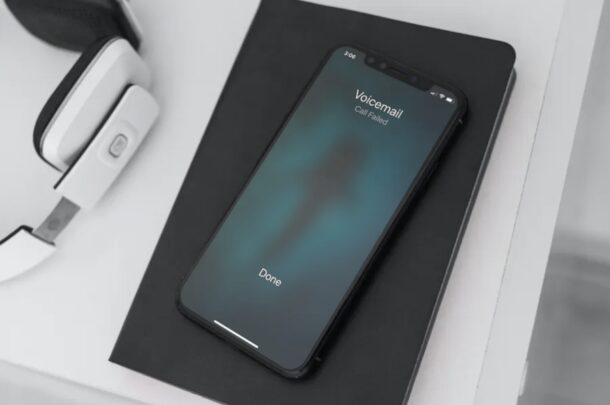
Are you not receiving incoming calls on your iPhone? Instead, are all calls going straight to voicemail without ringing? Don’t panic, as we’ll make sure your iPhone starts ringing again by the end of this article.
There could be several ones why all your calls are going straight to voicemail. It could be due to minor changes that you’ve made to your settings or because you’ve enabled certain features that restrict incoming phone calls and prevent the device from ringing. Regardless, this is pretty easy to diagnose and resolve in most cases, so there’s nothing to worry about.
If you’re one of those unlucky iOS users who’re unable to pick any calls as they’re all going to voicemail, you’ve come to the right place. In this article, we’ll guide you through the necessary steps to quickly troubleshoot and fix possible issues you’re facing with phone calls on your iPhone.
What to do if iPhone Goes Straight to Voicemail, Without Ringing
Regardless of what iPhone model you currently own, you can follow these basic troubleshooting methods when your device isn’t ringing and all your calls go straight to voicemail.
1. Check Cellular Connectivity
This is the first basic thing to do as soon as you realize that your phone calls are going straight to voicemail. Make sure you’re connected to your cellular network and have enough signal strength to receive phone calls. Also, check if you have enabled Airplane mode on your iPhone accidentally by heading over to Settings.
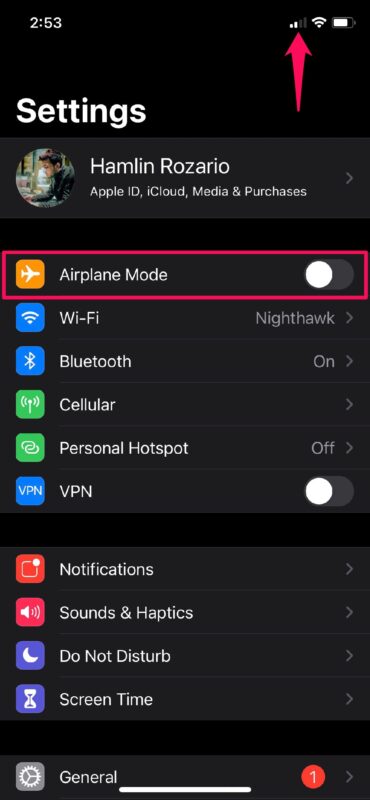
2. Check if Focus / Do Not Disturb is Enabled
Do Not Disturb / Focus is a feature that allows iPhone users to temporarily silence all phone calls, notifications, and alerts. Although you technically receive phone calls when Do Not Disturb is enabled, you wouldn’t know about them since your phone doesn’t ring or light up, and they eventually go to voicemail, while Focus mode will often send calls directly to voicemail.
You can check if Focus / Do Not Disturb is enabled on your device by going to Control Center, and looking for the “Focus” button and toggling it off, or looking for the crescent moon icon in the iOS Control Center, depending on what system software version you are using on your iPhone.
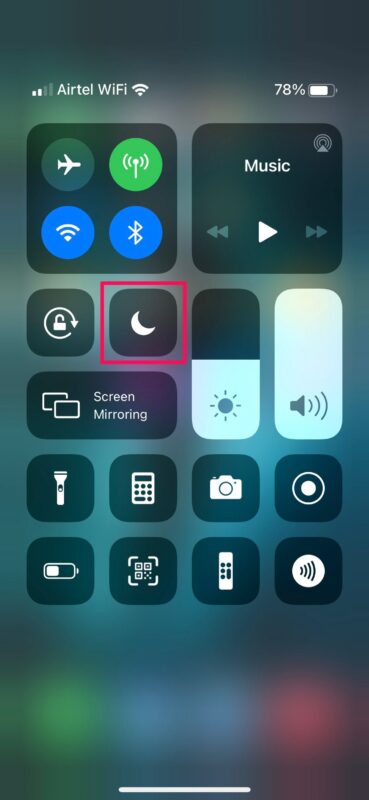
You can also go to Settings > Focus and disable Focus or Do Not Disturb from there.
3. Disable Silence Unknown Callers
If you aren’t receiving any phone calls from new people who’re not in your contacts, it could be likely due to the fact that you have “Silence Unknown Callers” turned on. To check and disable this, simply go to Settings -> Phone and tap on “Silence Unknown Callers” as shown in the screenshot below. See if you’re able to receive calls from unknown numbers now.
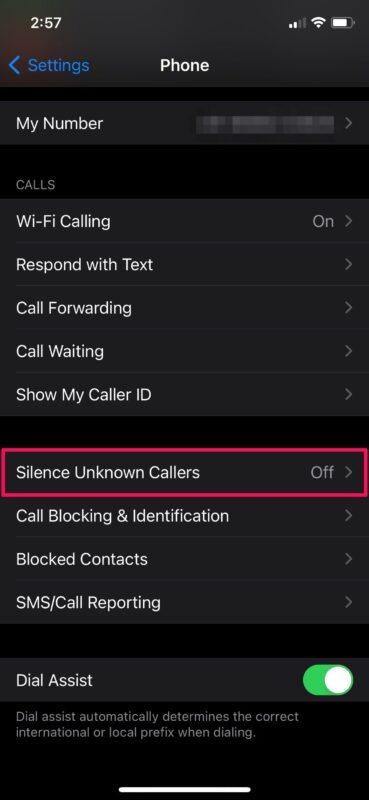
4. Check for Carrier Settings Update
In some cases, you may need to update the carrier settings on your iPhone. These settings may be necessary to establish a successful connection with your mobile network provider. To see if you have any available update from your carrier, head over to Settings -> General -> About. Wait for a couple of seconds and if you do have an update, you’ll get a prompt on the screen. Simply choose to update and check if you’re able to receive phone calls now.
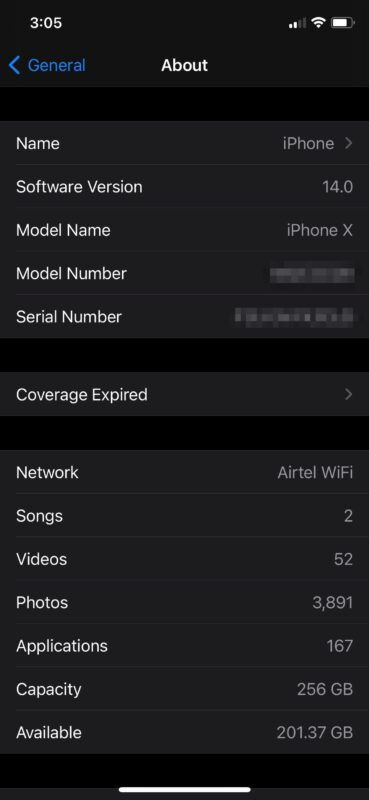
By now, you should’ve resolved the issues you were facing with incoming calls on your iPhone.
If none of the above steps worked in your instance, you can try restarting or force restarting your iPhone and see if that fixes the issue. Most minor software-related bugs and glitches can be resolved by restarting your device. Keep in mind that a force reboot is different from a regular restart and requires a combination of key presses.
For iPhones with home buttons, you can force reboot by simply hold the power button and home button simultaneously until you see the Apple logo on the screen. For iPhones with Face ID, you can press the volume up button first, followed by the volume down button, and then hold the side/power button until you see the Apple logo.
Still unlucky? Then it’s time to contact your carrier and open a ticket for missed calls. At this point, it’s likely that the issue is probably on the carrier’s end and not your device itself. They can check if there’s any tower update necessary and fix this issue for you.

